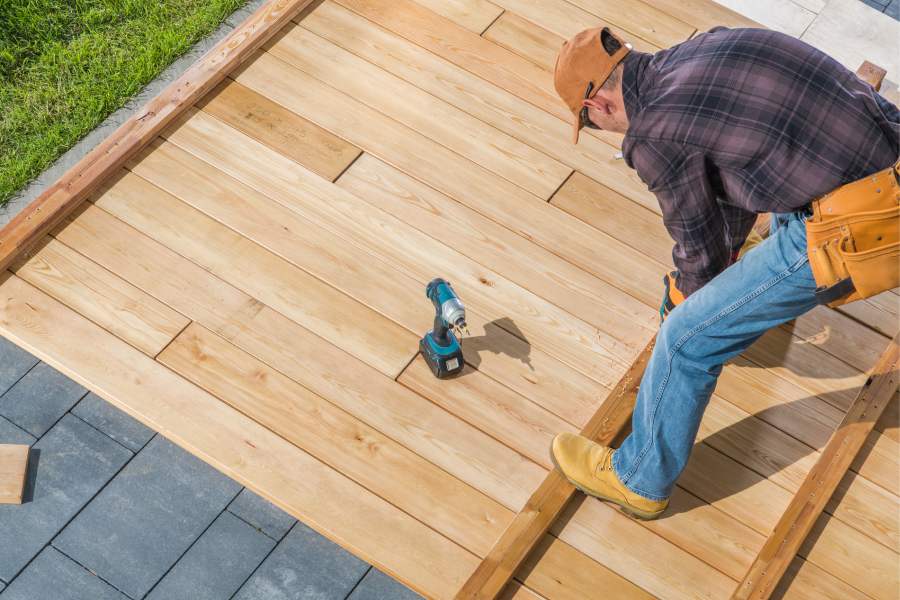When it comes to outdoor home improvements, decks are a popular choice for creating additional living space and enhancing property value. However, not all homeowners have the luxury of elevated landscapes or multi-story homes that naturally accommodate raised decks.
People with ground-level outdoor areas often wonder, can I build a deck directly on the ground? This opens up a discussion about deck construction techniques, building codes, and the long-term implications of ground-level structures.
As we explore this topic, we’ll dive into the various factors that influence deck design and installation, including soil conditions, moisture control, and material selection. We’ll also consider the pros and cons of ground-level decks compared to their elevated counterparts.
For anyone facing this issue, understanding the complexities of ground-level deck construction is crucial for making informed decisions about your outdoor space. By the end, you will have clarity on the subject of building a deck directly on the ground.
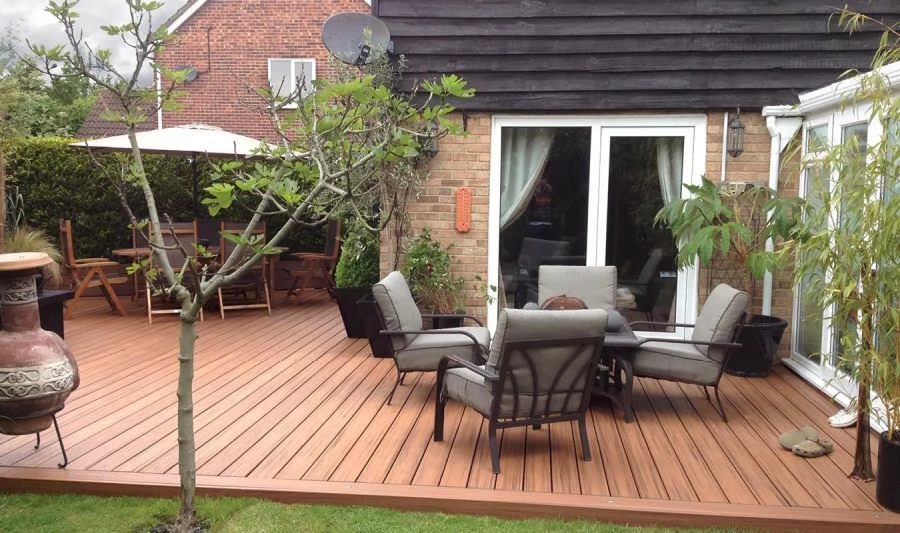
Benefits of Ground-Level Decks
Ground-level decks are cost-effective because they require fewer materials, such as lumber and hardware. They also involve simpler construction, which reduces labor expenses. Their simplified design process allows for easy planning and DIY construction, minimizing time and disruption.
Ground-level decks offer convenient accessibility with direct yard access, making them ideal for relaxation and entertainment while having easy access to the yard.
More than that, ground-level decks offer more design flexibility than elevated decks. Beyond serving the main purpose that is relaxation, these types of decks can serve as a dinning area and even a kitchen.
They are also perfect for people with mobility issues and they are kid and pet safe. There are no railings or stairs, so whether you have mobility issues or simply don’t want to leave your kid on the stars– ground levels are ideal for keeping the safety of the house members.
Can I Build a Deck Directly on the Ground?
Building a deck on the ground is possible, but you need to think about a few things first. The type of soil you have matters a lot. Some soils, like clay, can move and shift, which might make your deck uneven. Sandy soil is good for drainage, but it can wash away over time.
You also need to check the rules in your area. Some places have special rules for decks built close to the ground. These rules might say how high your deck can be or how it should drain water.
Proper Drainage
Good drainage is really important for a ground-level deck. If water sits under your deck, it can cause big problems. The wood will start to rot, and bugs might move in. To stop this, you need to make sure water can flow away from your deck easily.
One way to help water drain is to make the ground slope away from your house. You want the ground to go down about 1 inch for every 8 feet. This gentle slope helps water move away naturally.
Ventilation and Airflow
Air needs to move freely under your deck to keep it dry. When air can’t move, moisture builds up. This can lead to mold and rot, which can damage your deck. Good airflow helps your deck dry out after it rains and keeps wood-eating bugs away.
To help air move, try raising your deck a little bit off the ground. Even a few inches can make a big difference. You can use concrete blocks, or special deck supports to lift it up.
Material Selection
Choosing the right materials is very important for a ground-level deck. You want to use materials that won’t rot or get damaged by water easily. Pressure-treated wood is a popular choice because it’s made to resist rot.
Cedar and redwood are also good because they naturally resist decay and another option is composite decking. This is made from a mix of wood fibers and plastic. It doesn’t rot, and insects don’t like it; you can get it in many colors, and it doesn’t need much upkeep.
Ground Preparation
Before you start building, you need to get the ground ready. First, clear away everything growing in the area where your deck will be. Take out all the grass, weeds, and roots.
It’s good to clear a bit more space than you think you need. Next, you need to make the ground flat and use a shovel and rake to even it out. Check if it’s level with a long level or a string tied between two stakes. If there are low spots, add soil and pack it down.
Building Techniques for Ground-Level Decks
How to build a deck directly on the ground? The techniques depend on the type of deck you are building. The following steps will help you successfully build ground-level decks.
On-Grade Decks
On-grade decks are built directly on the ground. They are an excellent choice if you have level terrain. These decks are easier to build and less expensive than raised decks. You do not need as much wood or other resources. On-grade decks look great in your yard.
They make it simple to walk from your home to your garden. To create an on-grade deck, make sure the ground is prepared. First, remove the grass and the top layer of the earth. Then, make the terrain extremely flat. To press the earth down firmly, use a tamper. This helps to prevent the deck from sinking later.
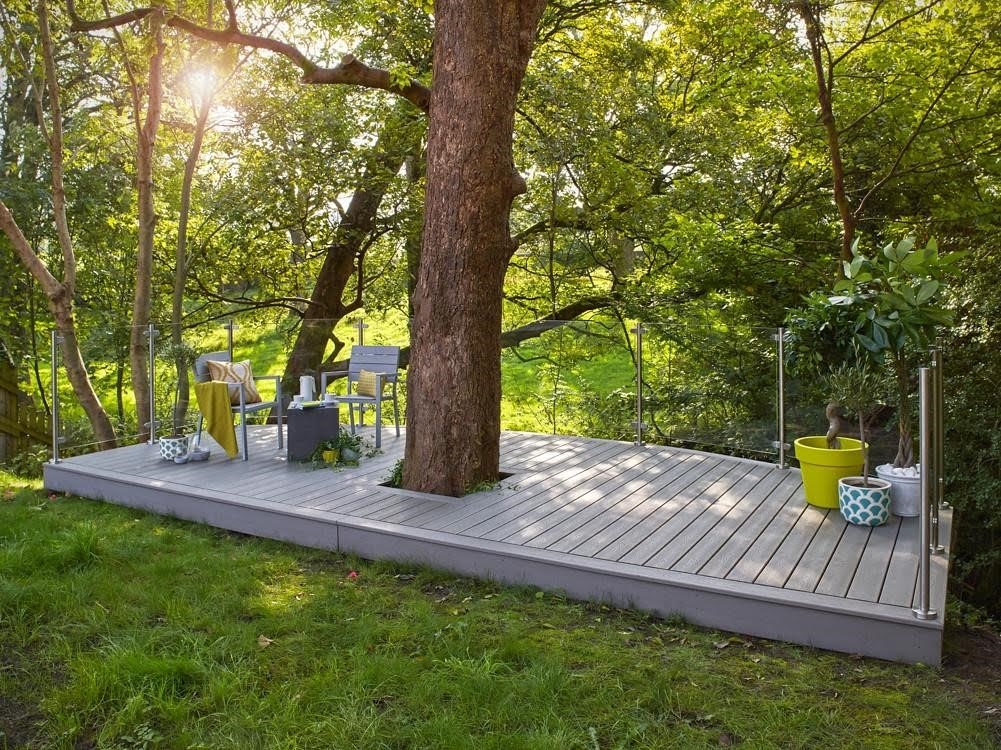
Floating Decks
Floating decks are a little different, and they do not make contact with your home or penetrate the ground. Instead, they sit on specialized blocks or supports, which makes them extremely adaptable. You can install a floating deck in practically any place in your yard.
Floating decks have the advantage of being mobile. They perform wonderfully even when your yard isn’t precisely level. People frequently utilize floating decks around pools or to create a comfortable seating area in their gardens.
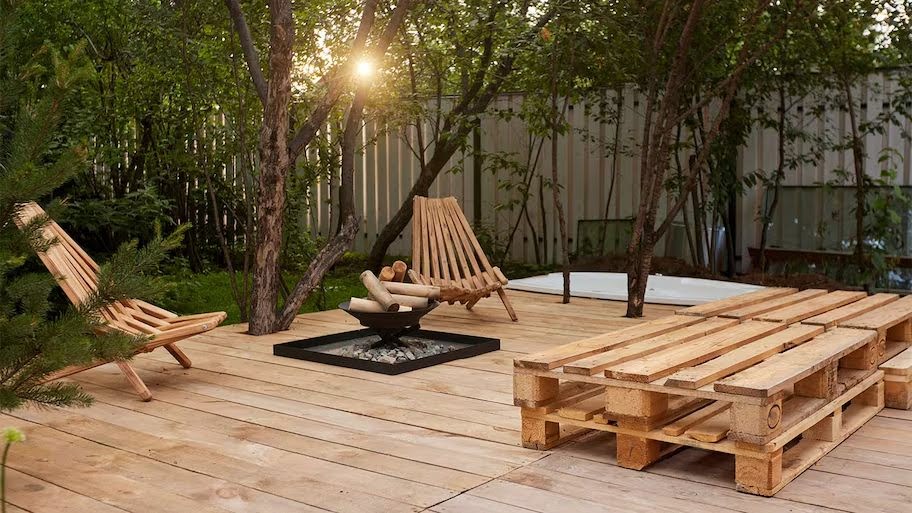
Framed Decks
Framed decks have strong skeletons made of wooden beams. This frame holds up the boards you walk on. If you’re attaching the deck to your house, you start with a strong board called a ledger. Make sure to use special metal pieces to keep water out.
Next, you lay out the floor joists, these are the boards that run across your deck frame. Usually, you space them 16 inches apart and use metal hangers to connect them securely. To make the frame even stronger, put short pieces of wood between the joists.
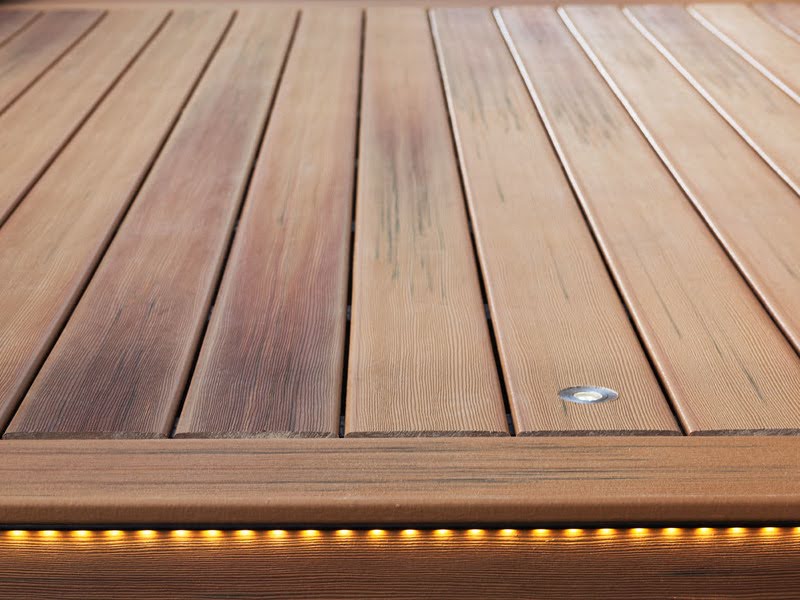
Conclusion
Ground-level decks offer an appealing blend of functionality and aesthetics, enhancing outdoor living spaces cost-effectively. When considering can I build a deck directly on the ground, there are various important considerations.
Success depends on careful planning, addressing soil conditions, local building codes, and climate adaptation. Proper drainage and ventilation are crucial to prevent moisture issues and ensure longevity. Selecting appropriate materials, such as pressure-treated wood or composites, is essential for durability.
By thoughtfully addressing these factors, homeowners can create a durable, attractive deck that integrates seamlessly with their yard. This approach results in a valuable addition to the property, offering years of enjoyment and outdoor living comfort.

